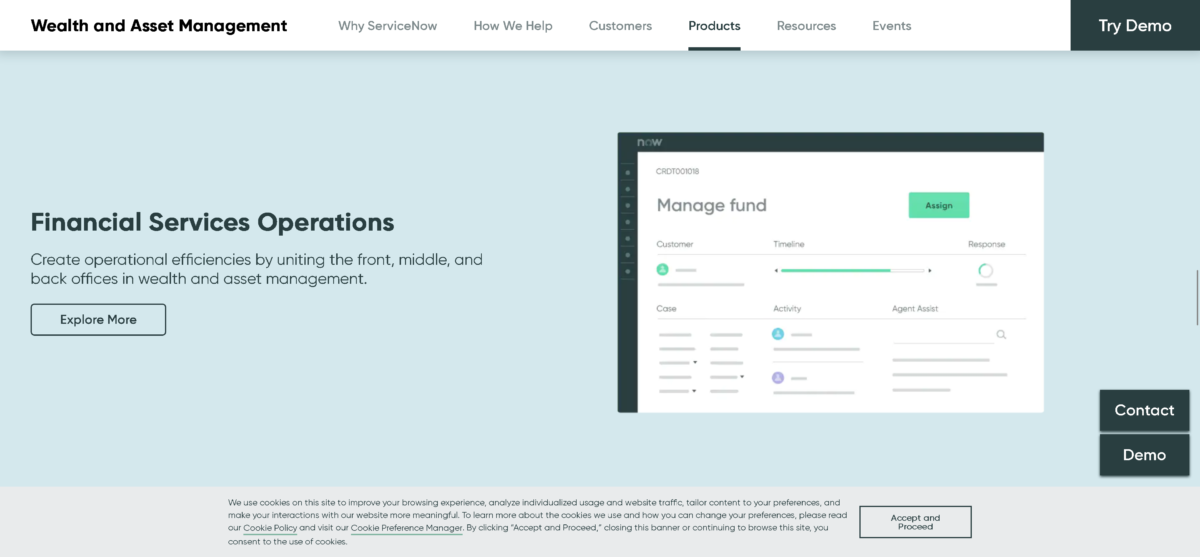When the British-bank TSB decided to migrate to the Amazon Web Services (AWS) cloud in 2017, they could barely imagine that they would soon become the poster child for ‘how not to do a cloud migration.’
Within a few hours of launching their custom-built Proteo4UK cloud platform, the system ground to a halt, locking out all 1.9 million of their customers. Forbes magazine reported that ‘customers were unable to log into their accounts. Data from some customer accounts appeared in other people’s accounts. Obscure technical error messages were everywhere. Customers overwhelmed call centers to the point that beleaguered call center reps walked off the job.”
This is the nightmare scenario. The best cloud migration should be invisible to your customers. They shouldn’t even know when it happens. But that takes a lot of planning and a partnership with people who know what they’re doing, and who know what you want to achieve.
There are a lot of tips that we can offer for a successful cloud migration, but the fundamental one is this…. don’t try to do it alone. If it doesn’t go well, then it can lead to lost time, money and productivity. Trying to do it all by yourself can be a well-worn path to failure.
Start with a deep and thorough assessment of all your assets and your infrastructure. Understand exactly how they will perform on AWS and their role as part of the bigger picture.
Explain the process to employees and try to get them to buy in to it. There is nothing worse than a migration which is being actively resisted, or ignored, by the people who are going to have to use it every day.
Work with the right partners. Choose a migration firm that not only understands the AWS cloud but is also interested in your business and what you are trying to achieve. Chances are that there are things you could be doing that you don’t even know about…you want a partner who can proactively suggest a better approach to the cloud.
Ultimately, you should see your migration to AWS as a great opportunity for renewal and growth.
No doubt, the people who were running the TSB migration wanted the best from their new systems as well. According to Forbes, “At the center of this ill-fated initiative was a migration from a mishmash of legacy apps to a modern suite of applications, in part in the public cloud.” These processes need meticulous planning, a solid understanding of what will be required over the short, and the medium term, and the right people running the process.
Users have certain expectations that come from using data center-based applications. A migration to the cloud must maintain that UX, by adapting for any possible latency and bandwidth issues that might arise.
Workloads hosted in AWS must have the integrity and solid foundations to support multiple users and processes that deliver active connectivity and full bandwidth utilization.
Many organizations rely on monitoring tools to manage the availability and the performance of their various data center elements. Particular attention needs to be paid to the integration of AWS with the enterprise-wide network in order to keep it robust, active and secure.
As the world of AWS and the cloud matures, new customers are able to reap the benefits of our extensive migration experience, that provide a reliable and affordable pathway to the benefits of AWS quickly and effectively.
“Capturing the benefits of cloud takes time; there is a learning curve from many variables and barriers. Cloud migration isn’t something anyone can do overnight — clients need to approach it strategically with a trusted partner to access deep expertise, show measurable business value and expedite digital transformation,” says Kishore Durg, Senior Managing Director of Accenture Cloud for Technology Services.
“The barrier to realizing the cloud benefits that our survey respondents noted (when asked to identify the top three) was “security and compliance risk,” cited by 65% of respondents, followed by “complexity of business and organizational change” (55%), “legacy infrastructure and/or application sprawl” (43%) and “lack of cloud skills with the organization” (42%).”
Those barriers are real but they are far from insurmountable. The key is to make sure that the migration is done properly, by organizations who are experienced and understand what they are doing, and who are invested in making sure that the cloud is being optimized for your specific needs. Only then can you reap the benefits of the cloud and really thrive in the Digital Economy.
Connect with one of Media Temple’s solution engineers to start the process of shifting your assets into the cloud with no downtime and no drama.
By Jeremy Daniel





